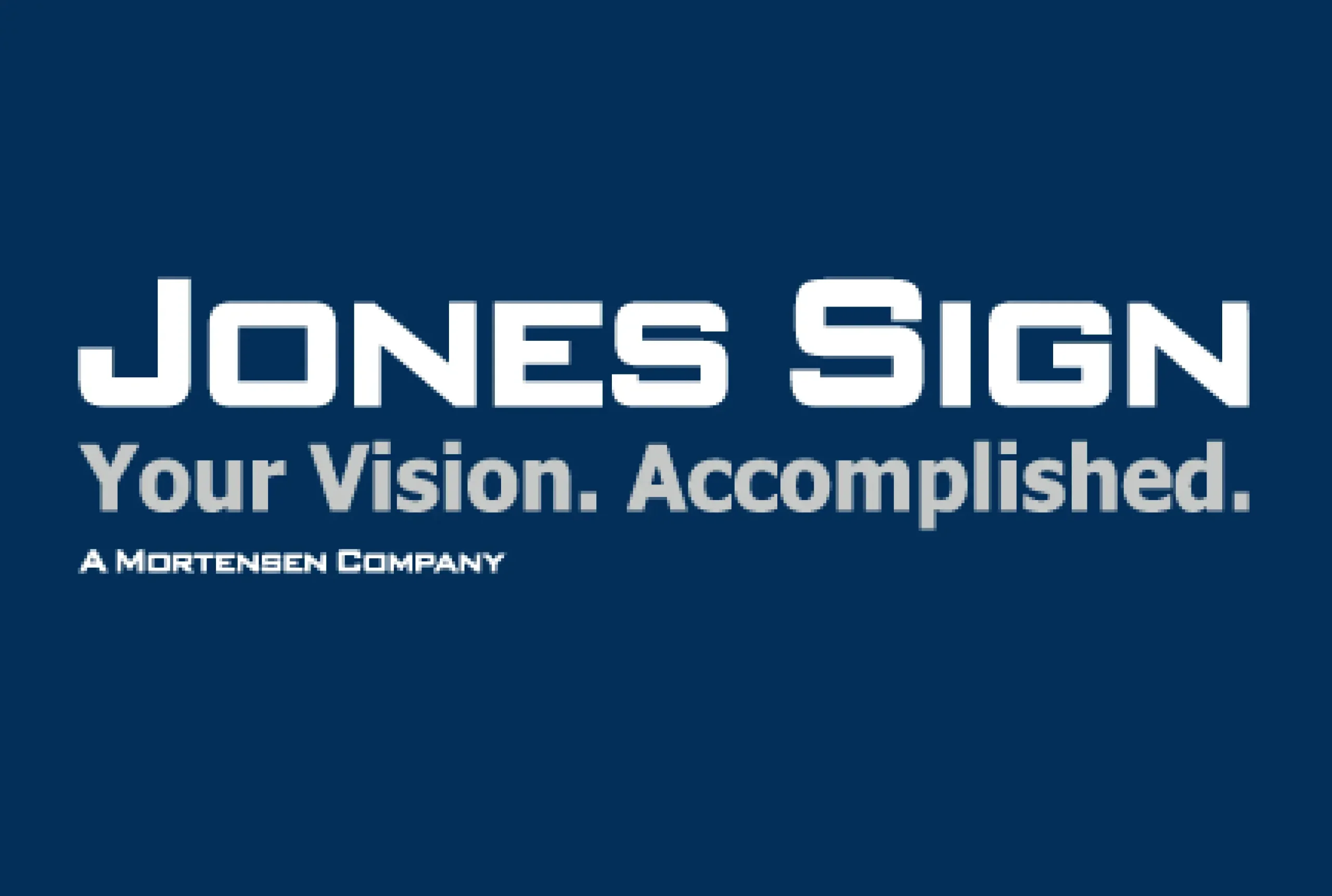Inspectors see the same avoidable mistakes haunting businesses year after year. While Firelink and other safety professionals can identify problems, true protection comes from understanding why these failures recur – and implementing systems that prevent them before the inspector arrives. Most violations fall into predictable categories that, when addressed proactively, transform compliance from a scramble into standard operations.
Exit Routes Turned Storage Areas
Emergency pathways frequently become dumping grounds for inventory, equipment, or holiday decorations. The solution isn’t just clearing them before inspections – it’s redesigning storage workflows. Install ceiling-mounted racks in stockrooms to free floor space, use wall-mounted shelving in corridors, and implement a “nothing below knee level” rule near exits. Color-coded floor markings extending 46 inches outward from doors create visual no-go zones staff instinctively respect.
Expired Fire Extinguisher Tags
Missing annual maintenance certifications trigger immediate violations. Digital tracking systems with automated reminders prevent oversights, while mounting inspection cards in durable plastic sleeves protects them from wear. Go beyond compliance by training select staff as “extinguisher guardians” responsible for monthly pressure checks and obstruction verification.
Faulty Emergency Lighting
Darkened exit signs and dead battery backups often go unnoticed until testing fails. Connect emergency lights to building management systems that alert when bulbs fail. Schedule replacement cycles at 90% of the battery’s rated lifespan – if units are rated for 5 years, replace at 4.5. During daylight savings time changes, add lighting tests to the routine.
Improper Electrical Hazard Management
Extension cords masquerading as permanent wiring and overloaded power strips account for nearly 30% of violations. Facility managers should conduct quarterly thermal imaging scans to identify hot spots before they become hazards. Install additional outlets where needed rather than relying on temporary solutions. Enforce a “one-strip rule” – if an area needs more than one power strip, it requires professional rewiring.
Inadequate Fire Door Maintenance
Self-closing mechanisms fail when debris accumulates in the track or hinges go unlubricated. Monthly door operation tests should include measuring closure speed with a stopwatch – they must latch completely within 30 seconds. Use non-corrosive lubricants on all moving parts quarterly, and replace any gaskets showing wear or hardening.
Missing or Inaccurate Fire Safety Plans
Outdated evacuation diagrams with wrong assembly points or obsolete emergency contacts render plans useless. Implement a version-controlled digital master document with QR codes linking to the latest update. Assign responsibility for reviewing all emergency information after any building modification, staff reorganization, or phone system upgrade.
Improper Hazardous Material Storage
Flammable liquids stored near ignition sources or without proper containment consistently appear on violation reports. Dedicate well-ventilated storage rooms with spill containment curbs and explosion-proof fixtures. Color-code storage zones – red for flammables, yellow for combustibles, blue for corrosives – creating intuitive segregation even for temporary staff.
Insufficient Employee Training Records
Inspectors demand proof of regular fire safety education, not just orientation-day paperwork. Maintain a digital training matrix showing each employee’s completed sessions with expiration dates. Build training into operational routines – a five-minute safety briefing during shift changes, or evacuation walkthroughs tied to quarterly fire drills.
Preventative Mindset Over Panicked Compliance
The difference between passing and failing inspections lies in daily habits, not last-minute corrections. Organizations that integrate fire safety into standard operating procedures – rather than treating it as a separate compliance task – eliminate the inspection scramble altogether. When protection becomes part of the workplace culture rather than an imposed requirement, violations become virtually impossible.











